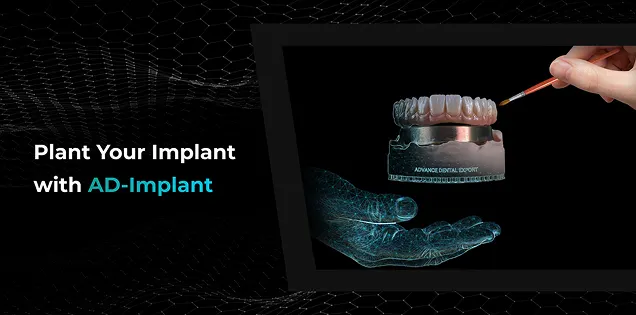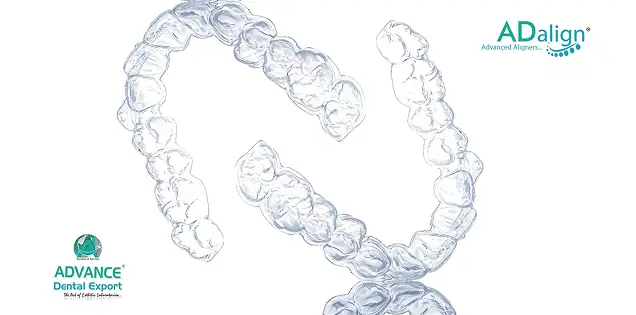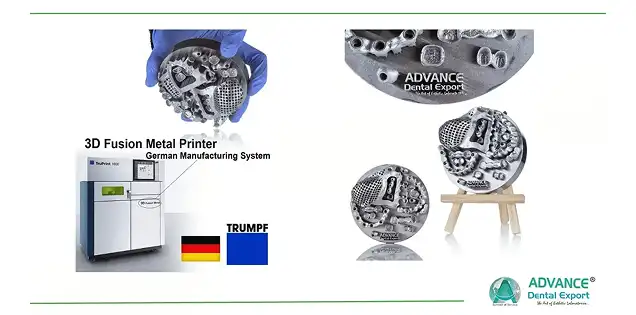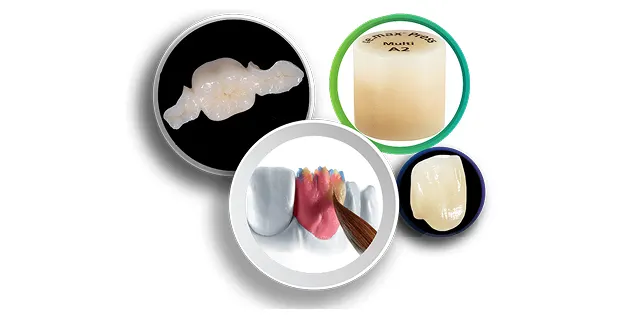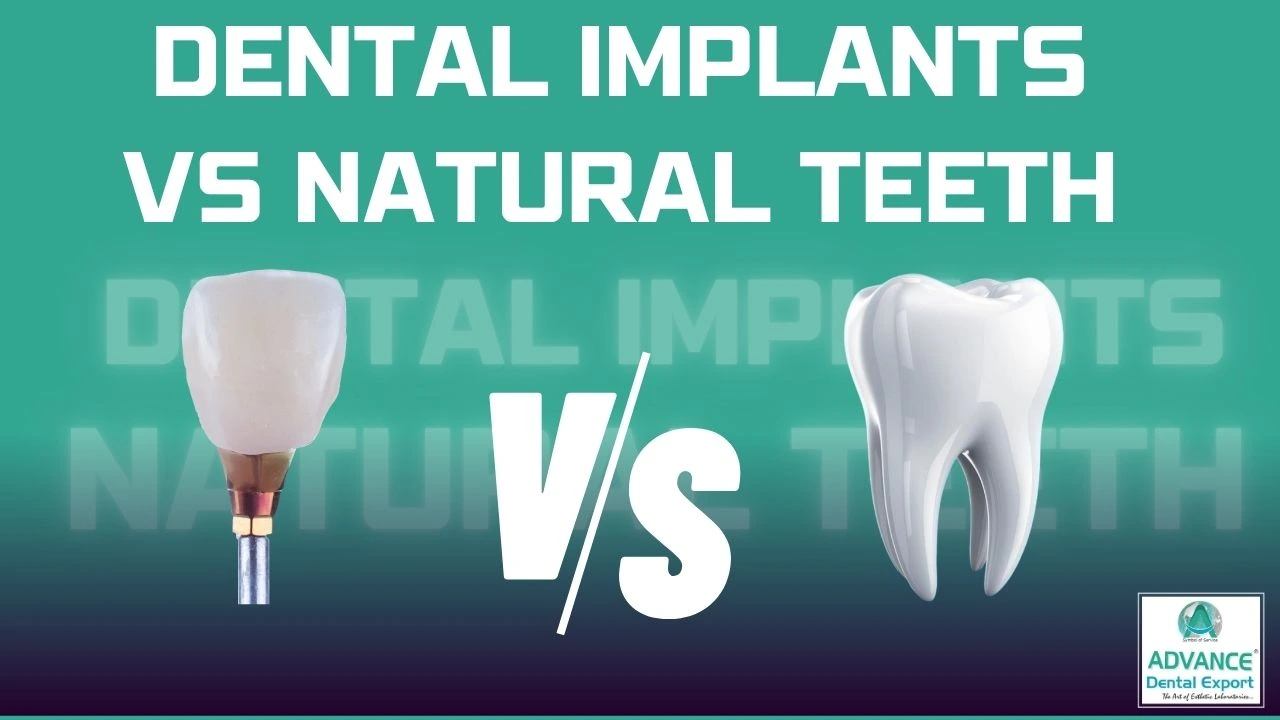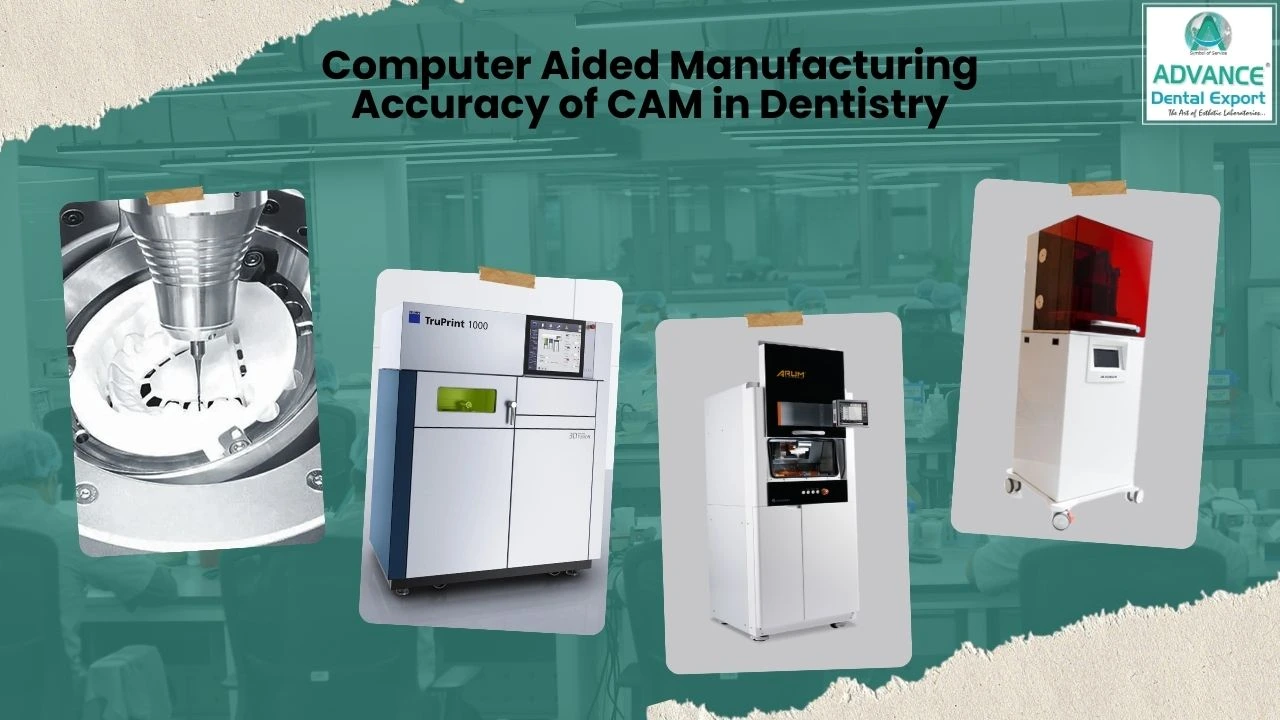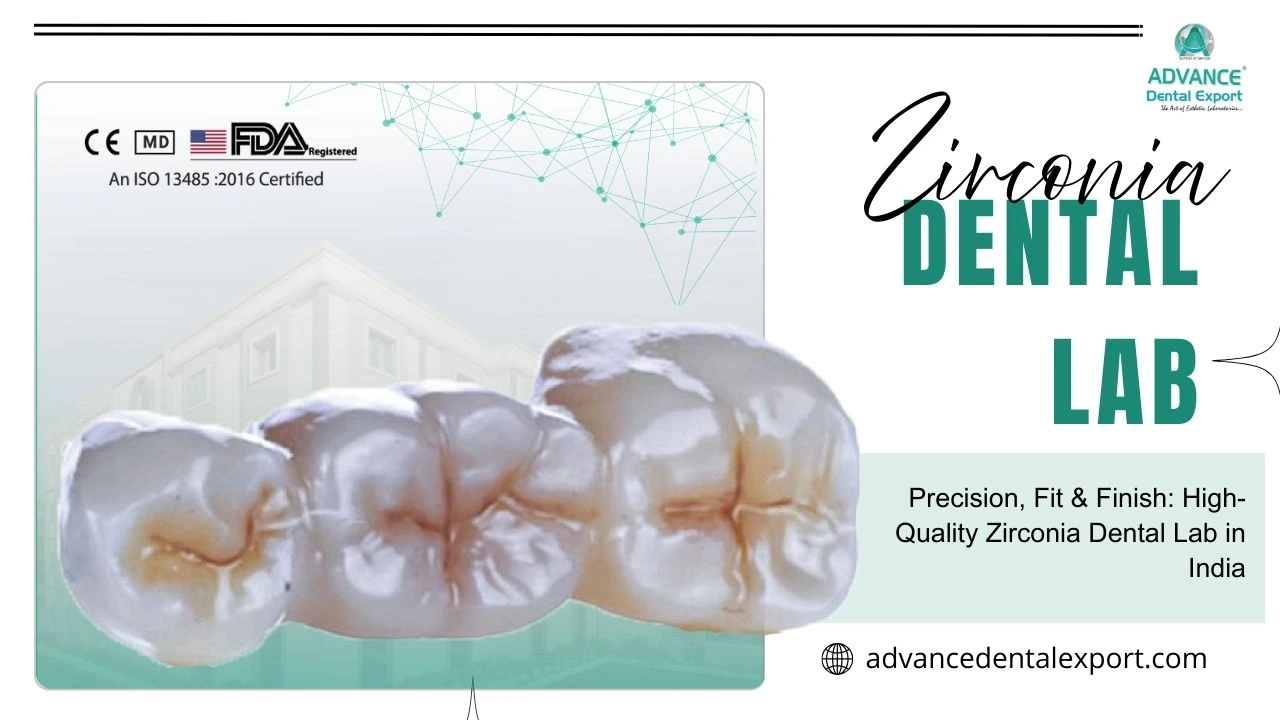In dentistry, clear and accurate information about teeth is the foundation of effective patient care. Over the years, we have seen how confusing it can be to explain a specific problem or planned dental treatment procedure if there is no universal method for identifying each tooth. This is why a teeth numbering system is essential.
Essentially, tooth numbering methods establish a standardized language that ensures every professional, including dentists, hygienists, and especially dental laboratory technicians, understands exactly which tooth is being referred to. From charting a patient to creating a specific treatment plan or ordering a customized restoration, this common understanding is critical to an accurate and error-free workflow.
Let’s take a closer look at these essential tooth numbering systems and their practical implementation.
What is a Teeth Numbering System?
We all know that each tooth is in a specific place in our mouth. But if you had to tell another dentist, a dental lab, or an insurance company about a specific tooth, how would you say it? "The third tooth on the top right"? It can get a little vague and confusing.
The teeth numbering system was invented to eliminate this confusion. Simply put, it is a system in which each tooth in the mouth is given a unique number or letter. With this, dental professionals can communicate with each other easily and accurately, as if they had a common dental address!
The tooth naming system is important because it ensures that everyone, no matter where they are in the world, is talking about the same tooth. This makes it much easier to plan treatment, maintain patient records, and assign work to the dental lab.
Using a numbering system also reduces the risk of errors during procedures, especially in complex treatments involving multiple teeth. It allows dental professionals to clearly indicate which tooth requires attention, has been treated, or needs to be monitored. This level of precision is essential for maintaining thorough dental records and delivering high-quality care.
Overall, a tooth numbering system is a fundamental tool in modern dentistry that supports both clinical accuracy and effective communication.
In short, the tooth numbering system is a universal language of the dental world that brings clarity and precision.
Why is a standardized tooth numbering system essential for your practice?
Accuracy is key in dental practice. What could happen if every dentist started identifying teeth in their own way? There could be a lot of confusion and mistakes when a patient is referred or work is sent to the lab. That’s why a universal format for naming teeth is required.
The dental numbering system for teeth is a streamlined and accepted way that provides many advantages.
First of all, it brings extreme accuracy to diagnosis and treatment planning. When you talk about a specific tooth (such as ‘upper left first molar’), a common numbering system ensures that everyone is thinking of the exact same tooth. This reduces the risk of mistreatment.
With a universal dental notation, communication with lab technicians, orthodontists, endodontists, and other specialists becomes seamless and error‑free. One study found that 95% of dental professionals reported miscommunication when using mixed systems. Whether referring a patient or sending prosthetic work, a clear system makes instructions consistent and reliable.
Lastly, proper teeth numbering is also very important for maintaining patient records. From a legal and record‑keeping standpoint, accurate numbering is essential. Consistent records support patient care, simplify audits, and protect against legal issues. Electronic health records favor two‑digit systems like FDI for accurate data entry and retrieval.
In summary, a standardized tooth numbering system makes your practice more efficient, accurate, and defensible. It supports precise diagnosis, fosters clear communication, and ensures legally sound documentation, aligning with professional dental standards.
Types of Numbering Systems for Teeth
Now that we know why tooth naming is necessary, let’s take a closer look at the main methods used to identify teeth. Dental professionals use various tooth numbering systems to identify and communicate about specific teeth. A standardized dental numbering system, such as FDI (ISO 3950) , Universal (ADA), or Palmer, is widely accepted and provides clear advantages. FDI is the global standard endorsed by the FDI World Dental Federation and WHO.
Universal Tooth Numbering System
The Universal Numbering System is one of the most common methods for identifying teeth, especially in North America. It’s known for its simplicity and clarity. Dentists and dental students widely learn and use this system in the United States.
This system was officially adopted by the American Dental Association (ADA) in 1968, standardizing a method already familiar in practice. By assigning each permanent tooth a unique number (1–32) and the primary tooth a letter (A–T), it created a clear, sequential notation that’s easy to use and reduces errors.
The adoption of this system greatly improved communication between dentists, lab technicians, and insurance providers. It remains central to ADA claim forms, electronic dental records, and clinical documentation, underscoring its critical role in consistent, error-free dental care and administration
How Universal Teeth Numbering Works?
This universal numbering system follows a specific sequence for numbering dental teeth:
Explore Our Restorations
Permanent Teeth: Permanent teeth are numbered from 1 to 32. The numbering starts at the upper right jaw and proceeds clockwise.
Upper jaw:
First, the upper right wisdom tooth is given the number 1.
From there, the numbering is sequential, moving towards the front teeth (towards the middle of the mouth) and then towards the teeth on the left.
This reaches the left upper wisdom tooth (number 16).
Lower jaw:
Then, the number 17 is given to the left lower wisdom tooth.
From there, the numbering is sequential, moving toward the front teeth and then toward the teeth on the right.
This reaches the right lower wisdom tooth (number 32).
Primary/Deciduous Teeth: For baby teeth, this dental universal numbering system uses letters instead of numbers. These teeth are given capital letters from 'A' to 'T', starting at the top right and progressing clockwise, just like permanent teeth.
Important Facts about the Universal Teeth Naming System
This Universal numbering system of teeth helps in the quick identification of teeth due to its simplicity.
It also proves to be a very practical system for communicating with patients about teeth and maintaining dental records.
Even if a tooth is absent or removed, its original number remains as a blank space, thereby maintaining the consistency of the record. This makes it easy to understand past treatments and future plans.
The clarity of this Universal tooth number system makes it a fundamental tool in dentistry .
FDI World Dental Federation (ISO) notation
The FDI Tooth Numbering System is recognized as the most widely used method for identifying teeth worldwide. Developed by the Fédération Dentaire Internationale (FDI) and standardized as ISO‑3950, it’s embraced in international journals, global conferences, and multinational dental practices. Its two‑digit format, first for quadrant, and second for tooth position, makes it accurate and universally understood.
How does the FDI Tooth Numbering System work?
Unlike the universal system, the FDI system assigns a two-digit number to each tooth. These two digits have their own specific significance:
The first digit (quadrant number): This digit indicates which quadrant of the mouth the tooth is located in. The quadrants are numbered 1 through 4, starting in the upper right quadrant of the patient's mouth and proceeding clockwise:
- 1: Right Upper Quadrant
- 2: Left Upper Quadrant
- 3: Left Lower Quadrant
- 4: Right Lower Quadrant
For baby teeth, quadrant numbers 5 through 8 are used, also clockwise:
- 5: Right Upper Quadrant
- 6: Left Upper Quadrant
- 7: Left Lower Quadrant
- 8: Right Lower Quadrant
The second digit (Tooth Number): This digit refers to a specific tooth and starts at the midline of the mouth and goes backward. The number ranges from 1 to 8:
- 1: Central Incisor
- 2: Lateral Incisor
- 3: Canine
- 4: First Premolar
- 5: Second Premolar
- 6: First Molar
- 7: Second Molar
- 8: Third Molar (Wisdom Teeth)
Let’s understand the dental FDI number system with an example:
If you see "11" in the FDI system, it means "central incisor of the upper right quadrant". (1 = upper right quadrant, 1 = central incisor)
If you see "36", it means "first molar of the lower left quadrant". (3 = lower left quadrant, 6 = first molar)
In baby teeth, "51" would mean "central incisor of the upper right quadrant".
The main feature of the FDI system is that it is highly precise and understood internationally (ISO system), making it indispensable for global dental practice.
Palmer Tooth Numbering System
The Palmer tooth numbering system is a traditional yet still widely used method for identifying teeth, especially in orthodontics. Originating from Adolf Zsigmondy’s mid-19th-century “Zsigmondy cross” and refined by Dr. Corydon Palmer in 1870, it divides the mouth into four quadrants and assigns each tooth a number or letter based on its position within that quadrant.
Thanks to its clear quadrant markers, Palmer's notation acts like a map of the mouth. Orthodontists, oral surgeons, and UK practitioners often prefer this system because it minimizes ambiguity when discussing tooth location, movement, or planned treatment
How Palmer number system work?
In the Palmer system, the mouth is divided into four quadrants by a midline and a horizontal axis. A special symbol or 'bracket' is used for each quadrant to indicate which quadrant the tooth is in. The teeth are then given numbers from 1 to 8 (for permanent teeth) or letters from A to E (for deciduous teeth) from the midline backward.
The system’s visual layout, using quadrant symbols (⏌, ⎿, ⏋, ⎾) combined with numbers 1–8 for adult teeth and letters A–E for primary ones, makes charting intuitive and easy to learn. For instance, the upper‑right first premolar is noted as “⏌4” and the lower‑left baby canine as “⎾C”.
For permanent teeth, the central incisor gets the number 1. Going back to the molars, it gets the number 8 (which are wisdom teeth).
For example, if you want to talk about the upper right first molar, in the Palmer system it would be 6 and a bracket on the upper-right side.
For deciduous (baby) teeth, deciduous teeth are given the letters A through E, where A is the central incisor and E is the second molar.
Why is this still used?
The Palmer system is especially popular with orthodontists because it provides a clear visual representation for charting tooth position and movement. Its quadrant symbols (┘, └, ┐, ┌) paired with numbers or letters enable precise notation—making it quick to identify, plan, and discuss treatment steps with confidence.
Knowing the Palmer tooth numbering system is extremely helpful when reviewing patient records or interpreting older dental charts. Despite being less common in digital systems, its graphical “map-like” layout remains intuitive, especially when evaluating tooth alignment, spacing, or past orthodontic interventions.
Teeth Numbering in Primary and Permanent Teeth
Dentists use specific numbering systems to identify and refer to teeth in the mouth. In children, there are 20 primary (deciduous) teeth, which start erupting around six months and are usually all present by age three. These are labeled using a simpler system with five teeth per quadrant: two incisors, one canine, and two molars.
Adults have 32 permanent teeth, divided into four types: incisors, canines, premolars, and molars. Each type serves a clear function—incisors cut, canines tear, and premolars and molars grind food. These teeth are evenly distributed across four quadrants (upper right, upper left, lower left, lower right), each containing eight teeth—two incisors, one canine, two premolars, and three molars.
Teeth Numbering System in India
In India, dental professionals are increasingly integrating digital technology with traditional tooth numbering systems to enhance patient care, accuracy, and record-keeping. The FDI World Dental Federation notation (ISO 3950) remains the official standard used by most institutions and dental colleges across the country. Its adoption has expanded with the widespread use of CAD/CAM technology , digital intraoral scanners, and dental management software, which auto-detect and map teeth using FDI codes, enabling faster diagnosis and treatment planning.
Looking for a trusted lab partner? Get high-precision restorations from Advance Dental Export
This seamless digital integration is especially valuable in multi-specialty dental clinics, where departments like prosthodontics, orthodontics, and oral surgery coordinate care across multiple providers. It ensures that all specialists interpret the same data consistently, improving procedural accuracy and reducing delays in care.
Moreover, mobile dental apps and teledentistry platforms in India are beginning to integrate FDI notation into their interfaces. This advancement is helping bridge the accessibility gap in rural and semi-urban areas, where specialist care is limited. Apps like eDantSeva, launched by India’s Ministry of Health and Family Welfare, have begun educating the public using tooth numbering as part of oral health literacy initiatives.
Patient education is also evolving. Dentists increasingly use visual tooth charts, 3D models, and interactive displays to explain conditions and treatment plans. When patients understand terms like “tooth 36” or “tooth 11” through visual aids, they are more likely to engage in preventive care and follow-up procedures. This approach aligns with the rising emphasis on patient-centered care and shared decision-making in dentistry.
In schools and community health programs, simplified versions of the FDI system are being introduced to promote early dental awareness. Visual guides and cartoons are used to help children learn the basics of dental anatomy and hygiene, fostering a preventive mindset from a young age.
As oral health awareness grows in India, tooth numbering is no longer just a clinical tool. It is becoming a key part of preventive healthcare, interdisciplinary communication, and public health education. When implemented well, it enhances trust, improves treatment outcomes, and empowers patients through better understanding.
Practical use of tooth numbering and avoiding mistakes
It is not enough to just know the tooth numbering systems; it is equally important to use them correctly in daily practice. Accurate tooth numbering is directly linked to patient safety and treatment quality.
Incorrect notation can lead to serious errors like treating the wrong tooth. One study reported that 12% of dental malpractice claims were due to wrong-site extractions, a completely preventable error with proper numbering protocols. A reliable numbering system provides a clear reference for diagnoses, lab orders, and inter-clinician communication. This ensures the right tooth receives the right treatment, reducing misinterpretation risks.
Applications of Teeth Numbering in Daily Practice
Keeping Accurate Records: When creating a new chart or updating a patient’s dental records, it's essential to correctly identify and number each tooth. This practice ensures that all information remains clear and error‑free for future reference. According to clinical research, misidentification is a frequent source of charting errors, proper numbering cuts down transcription mistakes and builds reliable patient histories
Lab Work and References: When ordering a crown, bridge, or other prosthetic from a lab, you must clearly state the tooth number. A study on dentist–to–technician communication found that incomplete or unclear information in lab prescriptions often leads to remakes or delays, costing time and money. Using precise numbering (FDI, Universal, or Palmer) helps ensure technicians fabricate the correct restoration without confusion.
Communication: Tooth numbers are the clearest way to transfer information among dental professionals. For example, “Patient No. X has a carious lesion on tooth 30 (Universal system),” is far more accurate than “The bottom right last tooth has decay.”
Miscommunication in numbering can lead to serious errors, such as extracting the wrong tooth. Clear notation supports effective interdisciplinary communication and minimizes risk. These protocols are based on best practices in dental education and documentation, and we’ve seen them reduce errors in over 15 years of clinical work.
Tips to Avoid Errors in Numbering of Teeth
- Always use a tooth‑number chart or a model to visually confirm the tooth before numbering it. Combining visual inspection with radiographs and patient mouth checks significantly reduces charting mistakes.
- When your practice uses multiple systems, like Universal, FDI, and Palmer, full understanding and careful conversion between them is essential. Studies of dental students have shown frequent confusion when switching systems, underlining the need for clarity.
- Even if a patient has missing or extracted teeth, retain their original numbers in the chart and mark them as ‘missing’ or ‘extracted’. This practice provides continuity in dental records and helps in tracing treatment history effectively.
- Some patients may present with supernumerary teeth (additional teeth beyond the usual count). Most standard systems don’t assign numbers to these, so you’ll need to label them clearly, e.g., “9.5” in Universal or “S9” in FDI, to avoid misunderstandings.
These simple yet structured steps, supported by dental practice standards and peer‑reviewed guidelines, build a robust foundation for patient safety, treatment accuracy, and legal defensibility in clinical settings.
Conclusion
Understanding how teeth are numbered isn’t just helpful for dental professionals; it empowers you as a patient. Whether your dentist uses the Universal, Palmer, or FDI system (like in India), knowing how your teeth numbers or digits are identified can help you take a more active role in oral health . With modern clinics now combining these systems with advanced digital tools , dental care is more precise, efficient, and accessible than ever before.

